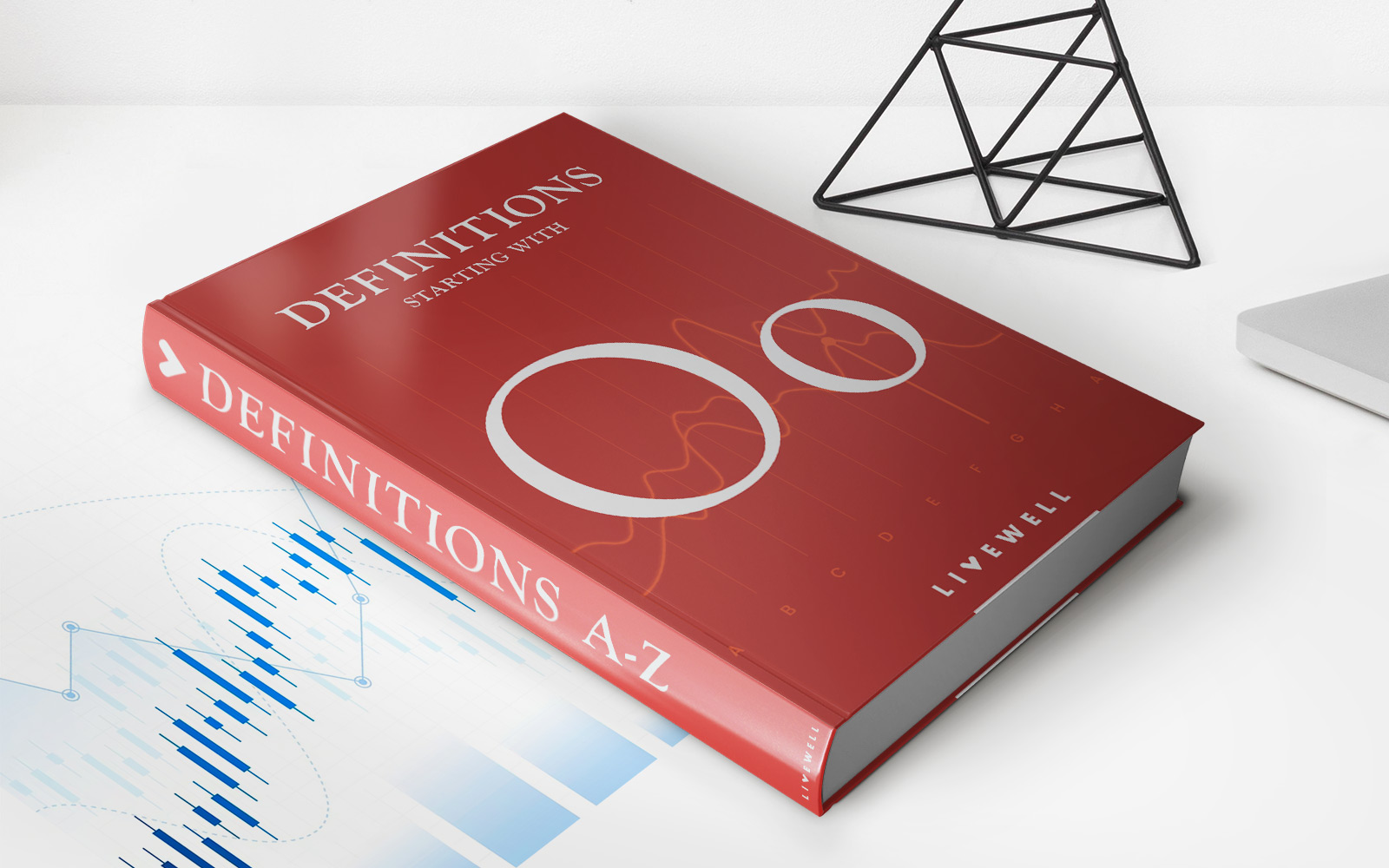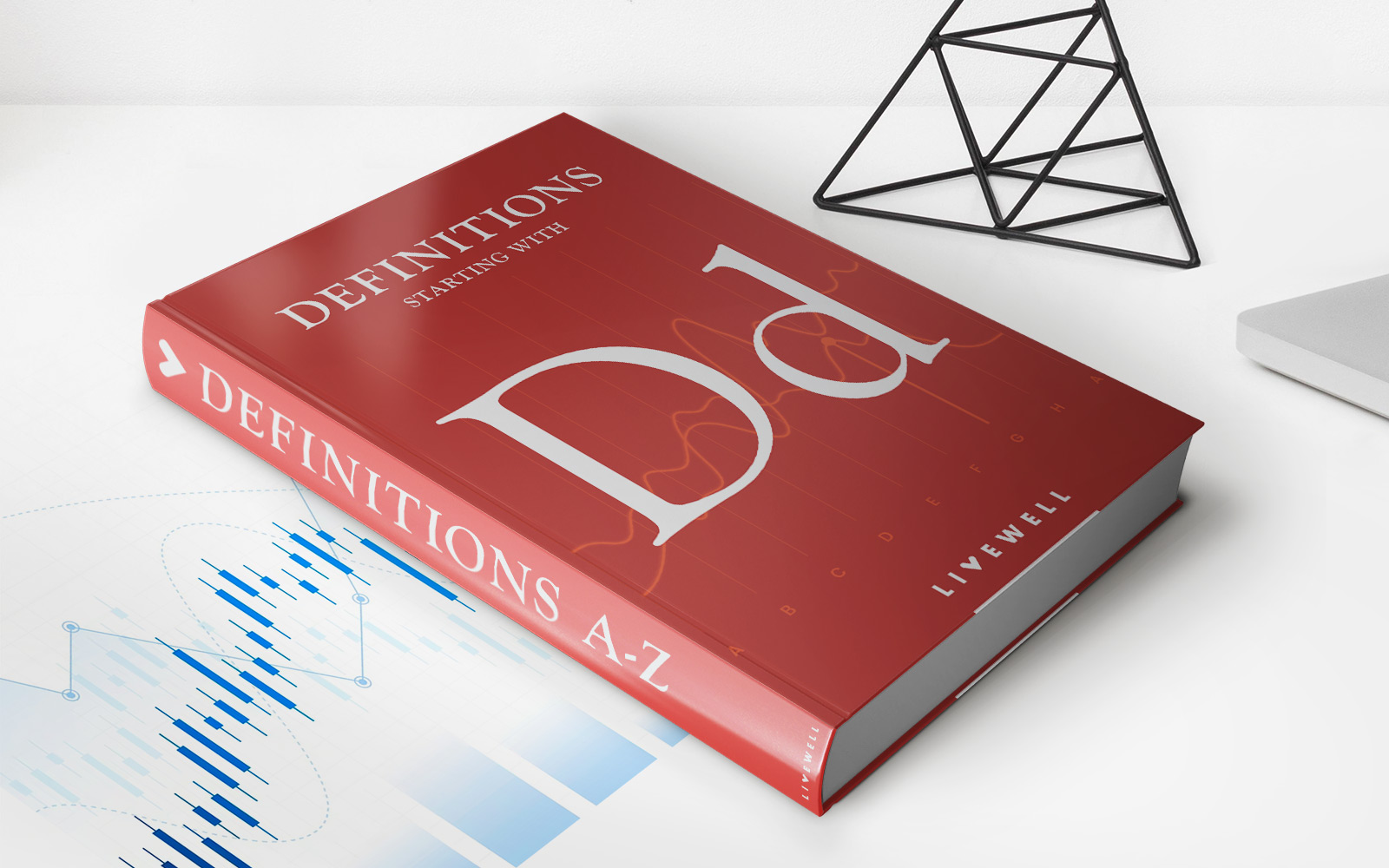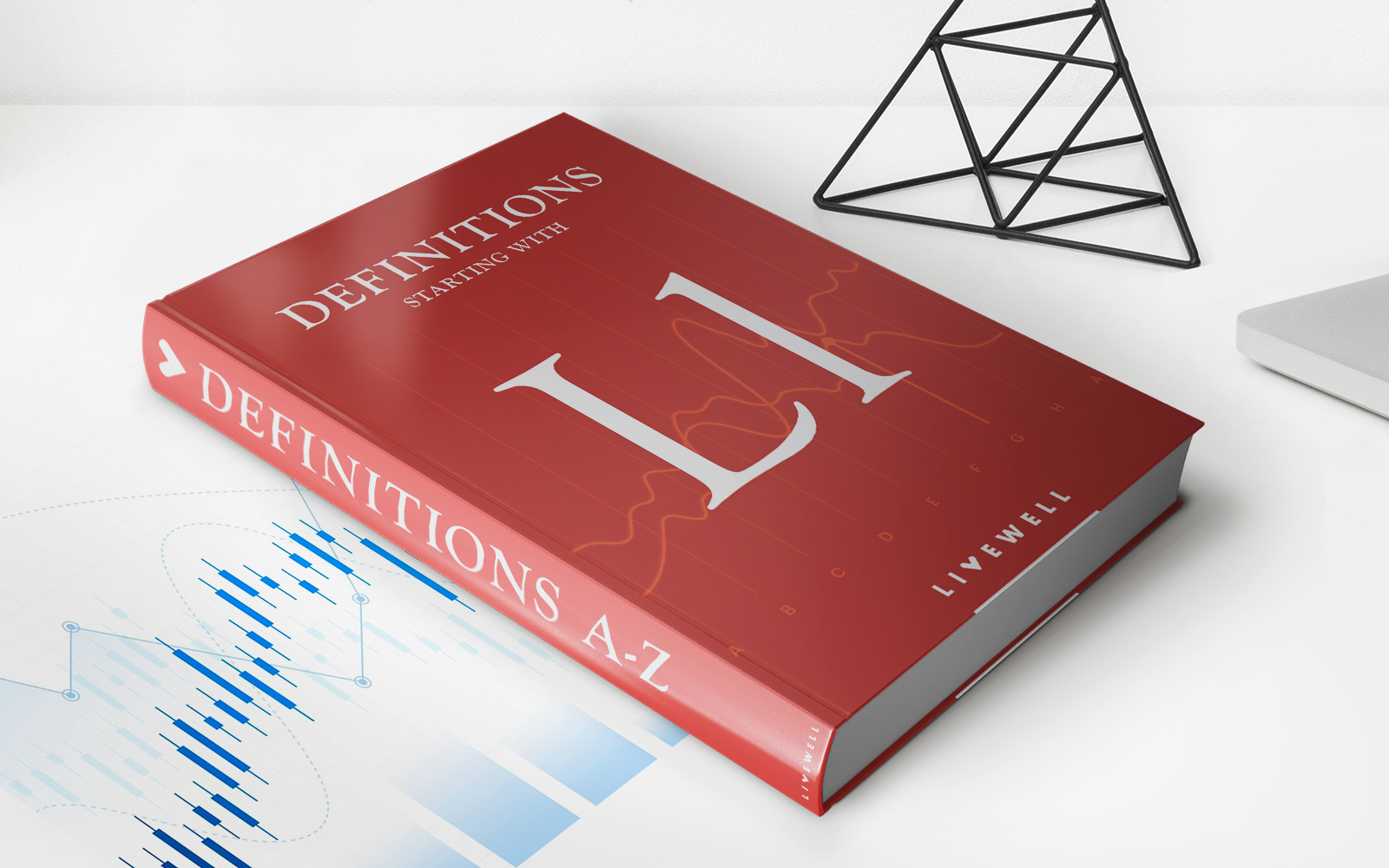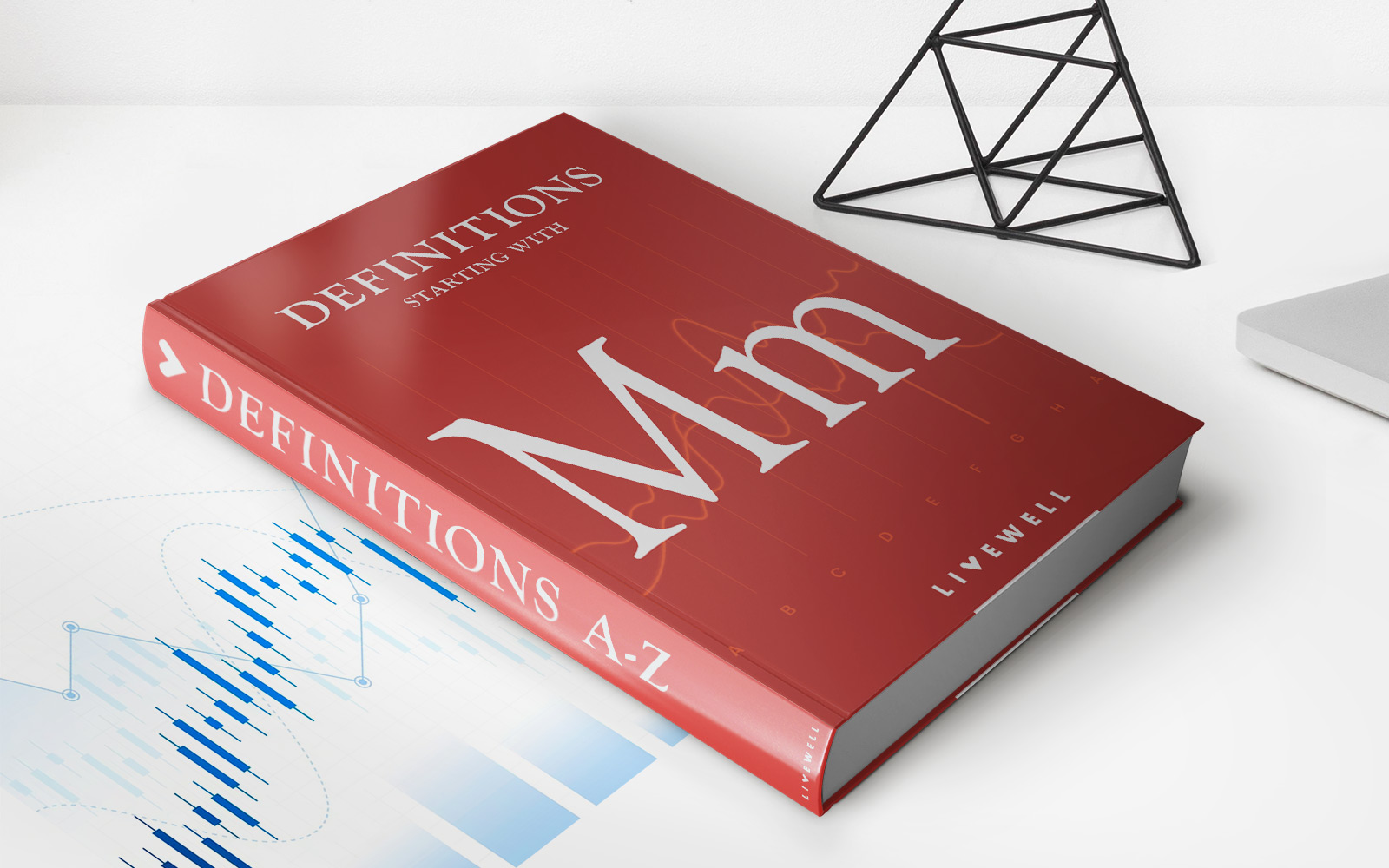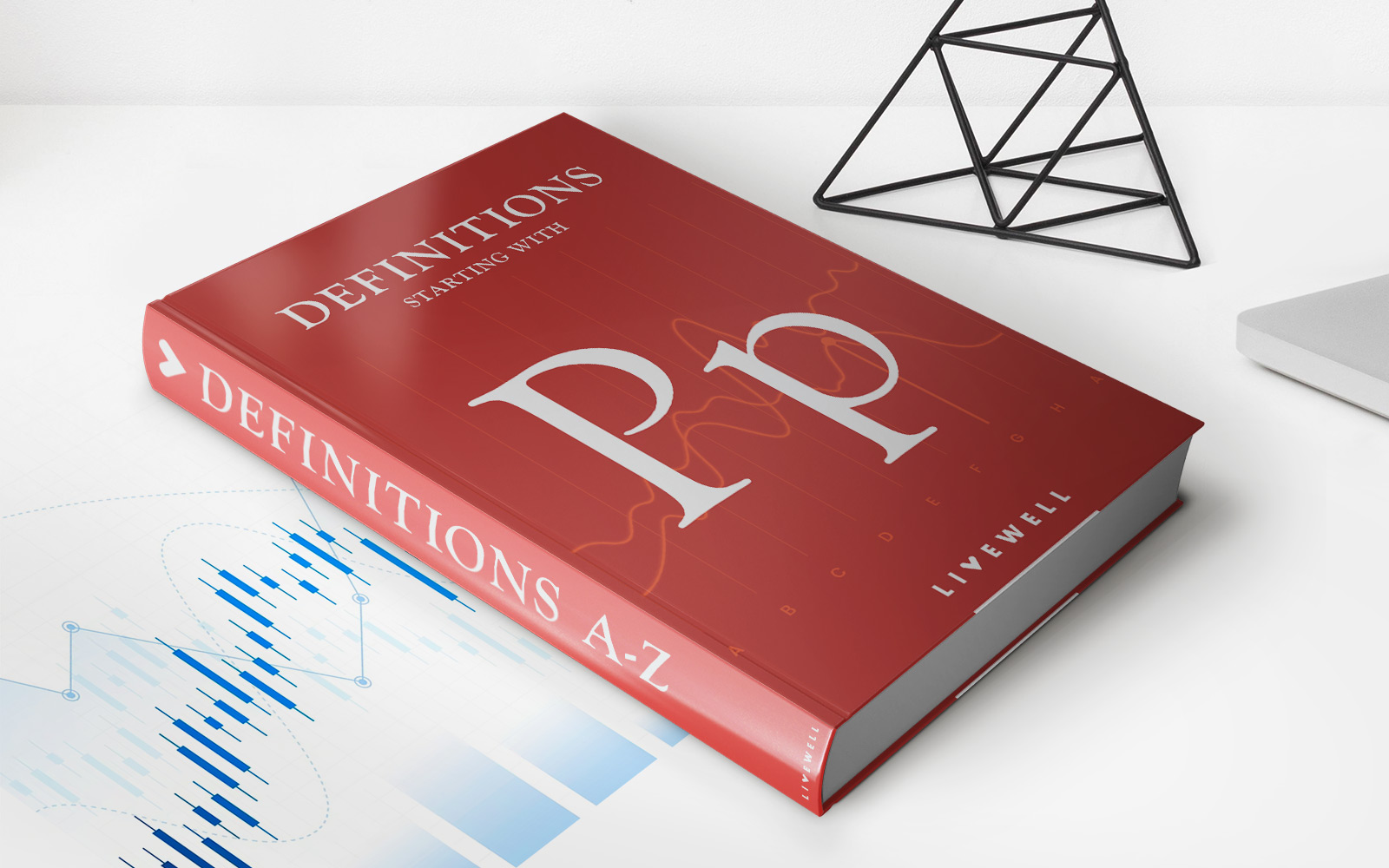Home>Finance>Required Minimum Distribution (RMD): Definition And Calculation
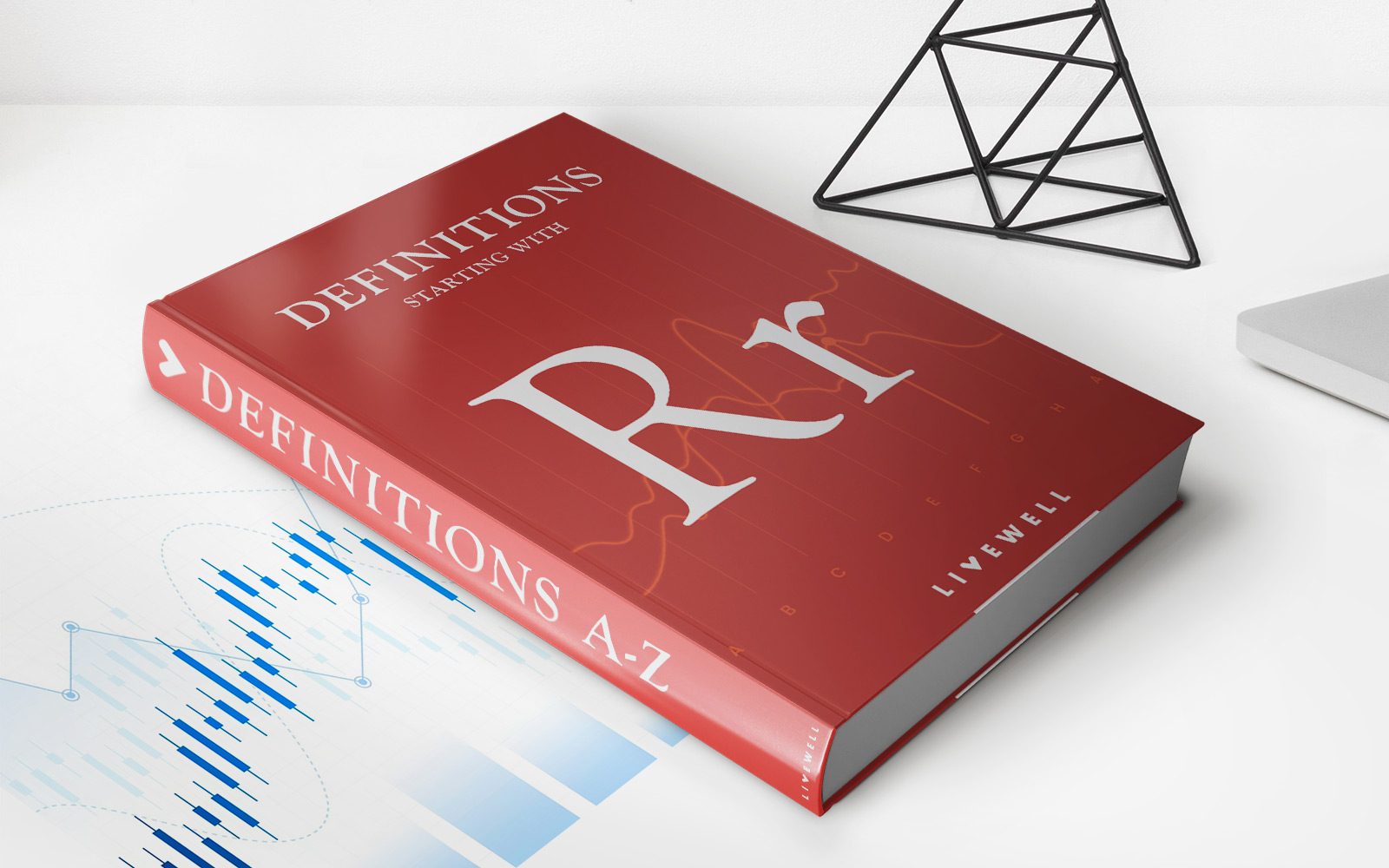

Finance
Required Minimum Distribution (RMD): Definition And Calculation
Published: January 19, 2024
Learn about the required minimum distribution (RMD) in finance, including its definition and calculation. Ensure compliance and maximize your retirement income.
(Many of the links in this article redirect to a specific reviewed product. Your purchase of these products through affiliate links helps to generate commission for LiveWell, at no extra cost. Learn more)
Understanding Required Minimum Distribution (RMD)
When it comes to planning for your financial future, it’s essential to understand the concept of Required Minimum Distribution (RMD). If you have a tax-advantaged retirement account such as an Individual Retirement Account (IRA) or a 401(k), you’ll need to pay close attention to RMD rules as you approach retirement age. In this article, we will dive into the definition and calculation of RMD, ensuring you have a comprehensive understanding of this important aspect of personal finance.
Key Takeaways:
- RMD is the minimum amount of money that must be withdrawn from your retirement account each year after you reach the age of 72.
- It is crucial to calculate your RMD accurately to avoid penalties and ensure compliance with IRS regulations.
What is Required Minimum Distribution (RMD)?
Required Minimum Distribution (RMD) refers to the minimum amount of money that you must withdraw from your tax-advantaged retirement accounts each year once you reach the age of 72. RMD applies to various retirement accounts, including traditional IRAs, SEP IRAs, SIMPLE IRAs, and 401(k) plans, excluding Roth IRAs. The purpose of RMD is to ensure that individuals who have enjoyed the tax advantages of these accounts during their working years start paying taxes on the funds they withdraw during retirement.
It is essential to calculate and take your RMD correctly because failure to do so can result in significant penalties. If you fail to withdraw the required amount, you may be subject to a 50% excise tax on the shortfall, in addition to the regular income tax on the distribution amount. To avoid these penalties, it is crucial to understand the calculation process involved.
How to Calculate RMD
The calculation of RMD involves a simple formula based on your life expectancy and the value of your retirement account. Here’s how it works:
- Determine the balance of your retirement account as of December 31 of the previous year.
- Find your life expectancy factor using the IRS Uniform Lifetime Table.
- Divide the balance of your retirement account by your life expectancy factor to calculate your RMD.
It’s important to note that if you have multiple retirement accounts, you can generally calculate the RMD for each account separately, but you have the flexibility to withdraw the total amount from just one or a combination of accounts. Consulting with a financial advisor or using online RMD calculators can be helpful for accurate calculations.
Conclusion
Understanding Required Minimum Distribution (RMD) is essential for anyone approaching retirement age and has tax-advantaged retirement accounts. By knowing the definition and calculation process, you can ensure compliance with IRS regulations and avoid penalties. Remember, accurate calculation is crucial, so don’t hesitate to seek professional guidance or utilize available resources to determine your RMD accurately.
Key Takeaways:
- RMD is the minimum amount of money that must be withdrawn from your retirement account each year after you reach the age of 72.
- It is crucial to calculate your RMD accurately to avoid penalties and ensure compliance with IRS regulations.


